Swimming for Beginners (how to swim step by step)
Just like learning every new skill, swimming for beginners might seem difficult at first.
However, as they said, “Practice makes perfect.” Swimming is one of the first skills humans could learn at the very first stages of their evolution, making them capable of taking advantage of water and the sea.
Swimming equipments
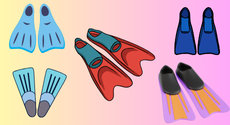
Swim Fins
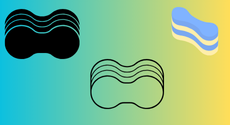
Pull buoy
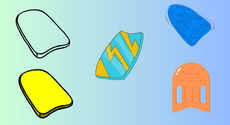
Kickboard
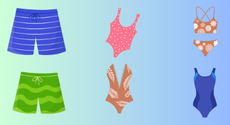
Swim Suits
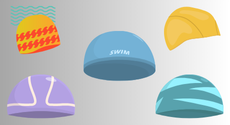
Swim Caps
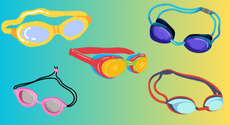
Swim Goggles
How to swim step by step?
There are 7 steps for learning swimming for beginners:
Step one
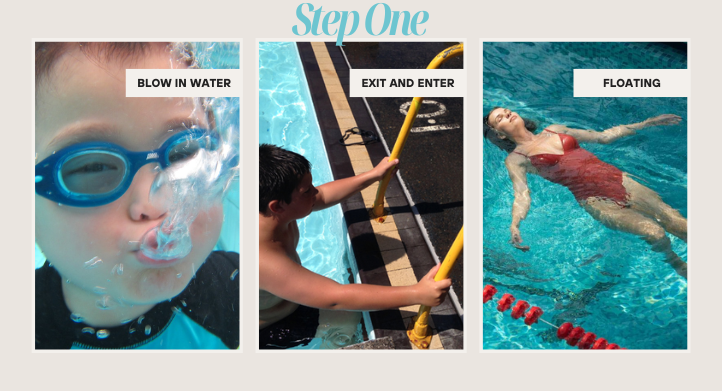
- learn how to enter water
- learn how to exit the water
- learn to walk in water for 5 meters
- learn how to blow in water for 2 seconds
- learn how to put the face in water
- learn how to back float for 5 seconds
- learn how to front float for 5 seconds
- learn how to glide with help
- learn how to back glide
Step two
- learn how to go up and down underwater for 5 times
- learn how to bring something from underwater with open eyes
- learn how to front gliding and return to stand position for 2 meters
- learn how to back gliding and return to stand position for 2 meters
- fundamental of sculling
- learn how to back kick
Step three
- learn how to jump into water (shoulder deep)
- learn how to go underwater
- learn how to roll from back to front and vice versa
- learn how to maintain balance in water
- learn how to do a front and back kick with kick boards
Step four
- learn how to jump into deep water
- learn how to do a half-kneel dive
- learn how to do a back kick with a push off and streamline
- learn how to do the backstroke arms
- learn how to do the freestyle arms
Step five
- learn how to do a half-bend dive
- learn how to do the freestyle breathing technique
- learn how to kick and do the backstroke arms at the same time
- learn how to kick and do the freestyle arms at the same time
- learn how to do the flutter kick
Step six
- learn how to track start
- learn how to do the flip turn
- learn how to do the breaststroke
- learn how to do the wave
- learn the butterfly strokes
Step seven
- learn how to dive into deep water, 2 to 3 meters
- learn how to swim freestyle and backstroke for 100 meters
- learn how to swim breaststroke for 50 meters
- learn how to swim butterfly for 25 meters
- learn how to do the sidestroke
Getting started with swimming for beginners
Confusion is the main perplexity of newbies in swimming lessons. However, you can start your learning process by teaching beginner swim lessons.
Find a professional pool with skilled coaches. Their swimming session for beginners begins with simple techniques.
However, the best way to learn to swim properly is to determine water comfort to tailor your learning approach. If you are a novice in swimming, you should take basic swimming lessons.
However, if you have something in spades, you can go for higher levels of swimming specifically.
Some of them are as follows:
- underwater swimming for beginners
- swimming on the back for beginners
- swimming for triathlon beginners
- open water swimming training for beginners
- ocean swimming for beginners
- freestyle swimming lessons for beginners
Therefore, the best way to learn swimming for beginners is to define clear objectives, whether it is learning to swim, building endurance, or preparing for a specific event.
Private swimming lessons for adult beginners vs. public
If you are a fast learner or do not like public swimming classes for beginners, private classes suit you.
As an adult, you may not have enough time to participate in public classes, while you are interested in learning.
Do not lose your enthusiasm, and try out the private swimming classes. It is never too late to amend! However, if you have a flexible timetable and you are a sociable person, the group settings are the best choice.
Swimming exercises for beginners
Learning swimming for beginners begins with fundamentals. Step by step procedures should be taken to improve your swimming skills from the very beginning lessons to high stages.
3 Basic Swimming Exercises
It includes some foundational movements like floating, kicking, and arm strokes.
- Floating: by floating, it means that a learner should spread their legs apart about shoulder-width. Then you should hold his side as he lowers into the water. While he is in the water, you should release your hold, and he will be floating.
- Kicking: for learning to kick, the learner should sit on the edge of the pool and practice kicking their legs. A kickboard and a floating barbell are helpful facilities for this lesson.
- Arm strokes: the way a swimmer uses their arms to swim. The leaner should turn the leading arm’s palm till it is vertical and the thumb is on top.
What are Swim Sets for Beginners?
There are different swim sets for beginners based on the level of their proficiency. However, as an example, we mention a full-body exercise that is as follows.
- Warm-up: 200 swims, alternate backstroke, and freestyle (or breaststroke), each one 25
- Main set: 10×50 swim at 80% effort – 25 swim stroke and 25 freestyle– 25 seconds rest
- Warm-down: 100 swim easy
- Total distance: 800m
Swimming Laps for Beginners
It is important to try a type of exercise that you are comfortable with. Also, begin exercising with mini-targets.
The learner can start with 4 laps of any basic stroke, such as backstroke, butterfly, breaststroke, and freestyle, for the beginning. At the end of the pool, you can take a 15 to 30-second rest.
4 Swimming tips for beginners
The best tip for learning to swim for beginners is:
- To have self-confidence when in the water. overcome the fear of water and floating
- Focus on regular practices to improve the level of proficiency
- Learning how to breathe effectively while swimming will help you swim longer, faster, and better.
- Avoid common mistakes like over-rotating, dropping elbows, win milling the arms, etc.
Benefits of swimming for beginners
Swimming for beginners has various benefits that can be classified into different groups.
- Proficiency
- Physical health condition
- Fitness
- Mental health condition
Swimming pool lessons for beginners help them to elevate their swimming techniques, while it improves the overall health condition of the person engaged in swimming. If you are an athlete and looking for fitness, swimming is recommended.
Generally, swimming for beginners increases cardiovascular health, muscle toning, weight loss, and stress reduction. Therefore, if you want to regain your strength, or you are seeking fitness, weight loss or injury recovery, swimming is a great choice.
FAQs
How should a beginner start swimming
As a beginner, you can start swimming with basic classes. Find a suitable local facility that offers beginner-friendly environments and amenities.
How long should a beginner swim for?
If you have enough free time, it will be great to practice swimming for 15 to 30 minutes daily. Or you can go swimming 3 times a week, one hour for each session.
What age is too late to start swimming?
As it is said it is never late to amend. So no matter what age you are, you can learn to swim.
What are the 4 principles of swimming?
- Backstroke
- Freestyle
- Breaststroke
- Butterfly
How long does it take to learn to swim as an adult?
Mostly a person can master the basics of swimming within a month or two, but it really depends on each person.
Which swimming style is best for beginners?
The best styles of swimming for beginners are Freestyle and backstroke.
Is it harder to learn to swim as you get older?
Age is not a barrier in the process of learning swimming for beginners.
How long does it take to see results from swimming?
By 3 months of training, you will feel significant changes in the level of your proficiency.
How many laps in a pool is a mile?
25 meters is the standard lap of the swimming pool. Therefore, approximately there are 64 laps in a mile.
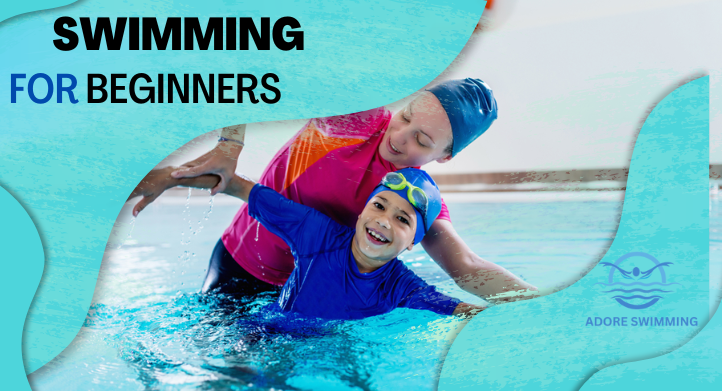


Leave A Comment